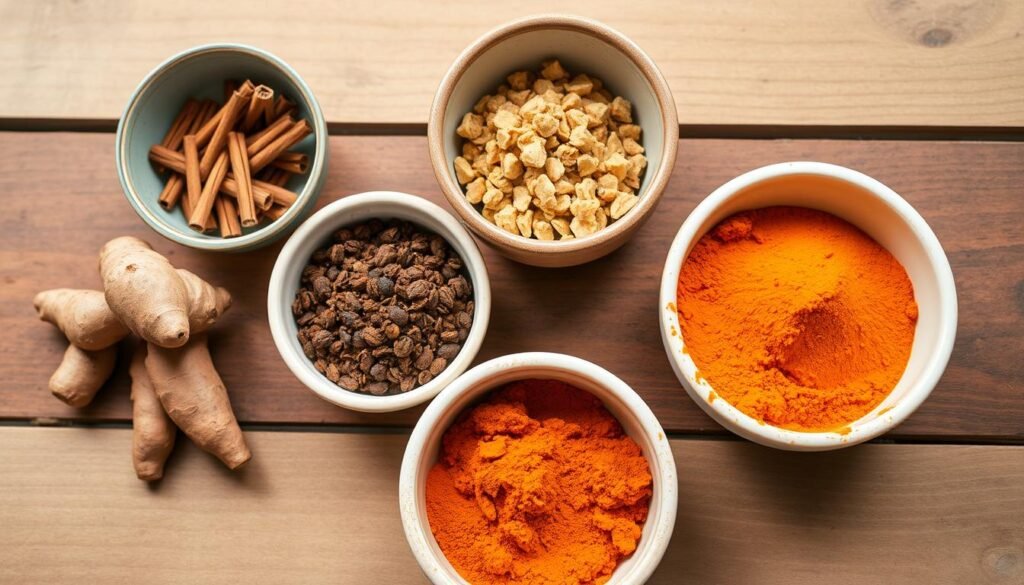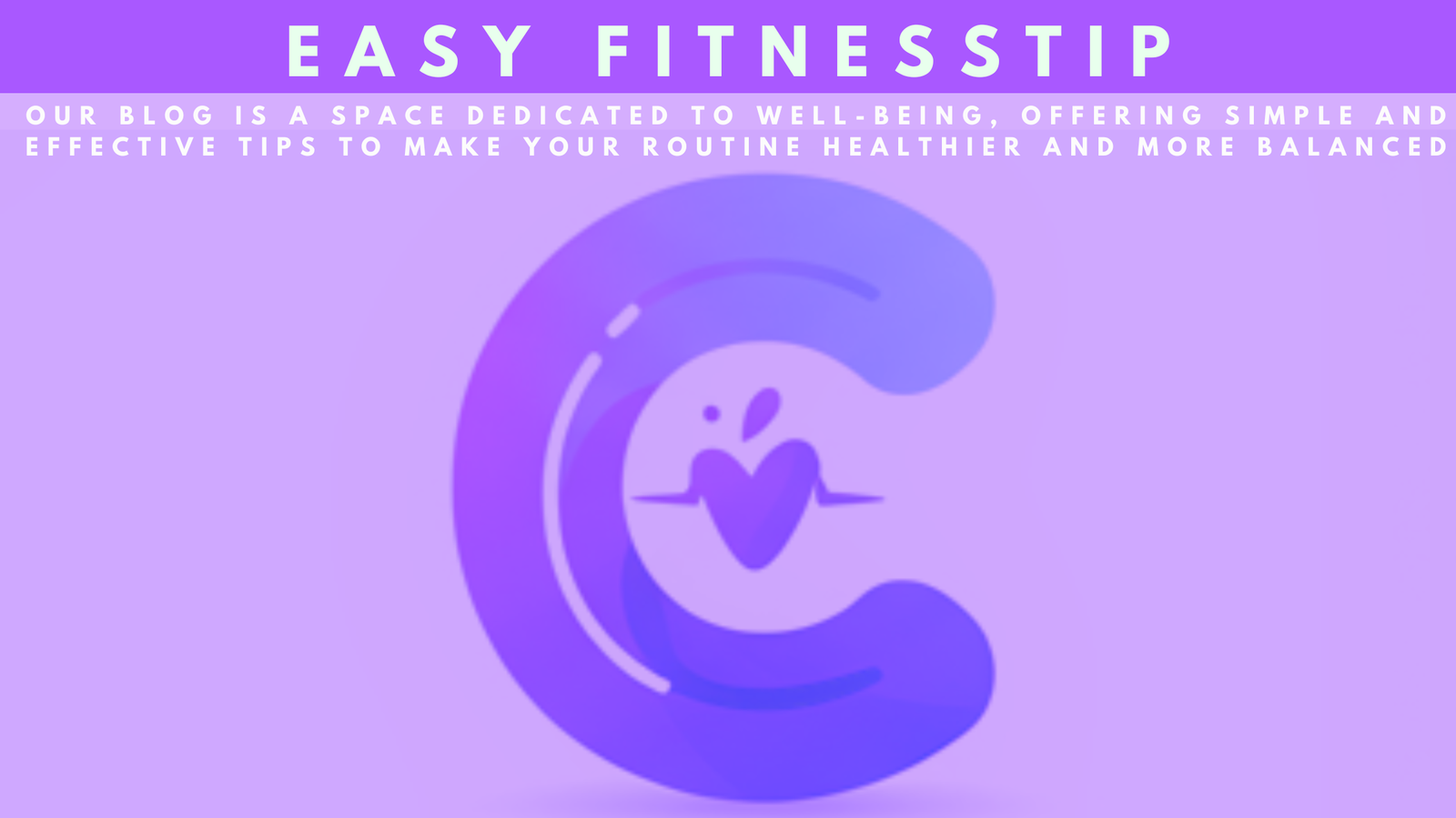
1. Optimize Your Hydration Strategy
Water is your body’s most essential nutrient and a powerful ally in fat loss. Research published in the Journal of Clinical Endocrinology and Metabolism found that drinking 500ml of water can increase metabolic rate by 30% for up to 40 minutes. This simple habit may help burn an additional 24-30 calories per day without any extra effort.
To maximize this effect, try these hydration hacks:
- Drink 500ml (about 16oz) of cold water 30 minutes before each meal to reduce hunger and boost metabolism
- Carry a water bottle with time markers to ensure you’re drinking consistently throughout the day
- Replace calorie-laden beverages with water to reduce your overall calorie intake
Studies suggest that proper hydration may help your body more efficiently break down fat stores. One study found that participants who drank 500ml of water before meals lost 44% more weight over 12 weeks compared to those who didn’t.
2. Prioritize Protein at Every Meal

Protein is the most thermogenic macronutrient, meaning your body burns more calories digesting it compared to fats or carbohydrates. Research shows that high-protein diets can boost metabolism by up to 80-100 calories per day and reduce hunger hormones.
Here’s how to implement this fat-burning strategy:
- Include at least 20-30g of protein with every meal (approximately the size of your palm)
- Start your day with a protein-rich breakfast to reduce cravings throughout the day
- Keep convenient protein sources on hand, such as Greek yogurt, hard-boiled eggs, or protein powder
A study published in the American Journal of Clinical Nutrition found that participants who increased their protein intake to 30% of calories automatically ate 441 fewer calories per day and lost significant weight without intentionally restricting food.
3. Optimize Your Sleep Quality

Sleep might be the most underrated fat loss tool. Research shows that just one night of poor sleep can increase hunger hormones, reduce fat oxidation, and trigger cravings for high-calorie foods. A study from the University of Chicago found that well-rested dieters lost 56% more fat than sleep-deprived participants who were on the same diet.
Try these sleep optimization techniques:
- Establish a consistent sleep schedule, going to bed and waking up at the same time daily
- Create a 30-minute wind-down routine before bed (avoid screens, dim lights, read or meditate)
- Keep your bedroom cool (65-68°F/18-20°C) for optimal sleep quality
- Avoid caffeine after 2pm and limit alcohol, which disrupts deep sleep
Aim for 7-9 hours of quality sleep per night. This simple change requires zero extra time from your day and can dramatically improve your body’s fat-burning efficiency.
4. Try Micro-HIIT Workouts

High-Intensity Interval Training (HIIT) has been shown to burn more fat in less time than traditional cardio. The best part? Effective HIIT workouts can be as short as 4-10 minutes. Research published in the Journal of Obesity found that just 20 minutes of HIIT three times weekly resulted in significant fat loss, particularly around the abdomen.
Try this simple 4-minute micro-HIIT routine:
- 20 seconds of jumping jacks
- 10 seconds rest
- 20 seconds of mountain climbers
- 10 seconds rest
- 20 seconds of high knees
- 10 seconds rest
- 20 seconds of burpees
- 10 seconds rest
- Repeat once more
The magic of HIIT lies in the “afterburn effect” (excess post-exercise oxygen consumption or EPOC), which keeps your metabolism elevated for up to 24 hours after your workout. This means you continue burning extra calories long after you’ve finished exercising.
No equipment needed! Try this 4-minute routine tomorrow morning before your shower.
5. Drink Green Tea Before Activity

Green tea contains compounds called catechins and caffeine that may help increase fat burning during exercise. Research published in the American Journal of Clinical Nutrition found that green tea extract increased fat oxidation during moderate-intensity exercise by 17% compared to a placebo.
To implement this strategy:
- Drink 1-2 cups of green tea 30-60 minutes before walking or exercising
- Choose high-quality green tea with minimal processing for maximum catechin content
- If you don’t enjoy the taste, green tea extract supplements are available (consult your doctor first)
The combination of caffeine and catechins in green tea appears to be synergistic, meaning they work better together than either would alone. This makes green tea a more effective fat-burning aid than coffee, despite having less caffeine.
6. Practice Strategic Meal Timing

When you eat can be almost as important as what you eat. Research on time-restricted eating (a form of intermittent fasting) shows that simply limiting your eating window to 8-10 hours per day can reduce fat mass and improve metabolic health, even without changing your diet.
Try these easy meal timing strategies:
- Delay breakfast by 1-2 hours after waking to extend your overnight fast
- Finish your last meal at least 3 hours before bedtime
- Aim for a 12-16 hour overnight fast (e.g., finish dinner at 7pm and eat breakfast at 7am or later)
A study in the journal Cell Metabolism found that even without reducing calories, limiting eating to a 10-hour window led to weight loss and improved metabolic health in people with metabolic syndrome.
This approach works because it gives your body more time in the fasted state, which enhances fat oxidation and cellular repair processes. It’s also one of the easiest dietary strategies to implement since it doesn’t require changing what you eat, just when you eat.
7. Add Apple Cider Vinegar to Your Routine

Apple cider vinegar (ACV) has gained popularity as a weight loss aid, and research suggests it may help. A study published in Bioscience, Biotechnology, and Biochemistry found that consuming 1-2 tablespoons of vinegar daily for 12 weeks reduced body weight, body fat percentage, and waist circumference in overweight subjects.
How to incorporate ACV safely:
- Mix 1-2 tablespoons in a large glass of water (never consume undiluted)
- Drink before meals, especially carbohydrate-rich ones
- Start with 1 teaspoon and gradually increase to avoid digestive discomfort
- Use raw, unfiltered ACV with “the mother” for maximum benefits
The acetic acid in vinegar appears to improve insulin sensitivity and reduce blood sugar spikes after meals. It may also increase feelings of fullness, leading to reduced calorie intake throughout the day.
Note: If you have any digestive issues, acid reflux, or medical conditions, consult with your doctor before adding ACV to your routine.
8. Embrace Non-Exercise Movement

Non-exercise activity thermogenesis (NEAT) refers to all the calories you burn through daily movement that isn’t formal exercise. Research from the Mayo Clinic found that people with higher NEAT levels burn up to 350 more calories per day than those who are more sedentary, even with the same amount of exercise.
Simple ways to increase your NEAT:
- Take a 5-minute movement break every hour (walk, stretch, or do simple exercises)
- Stand or pace during phone calls
- Use a standing desk for part of your workday
- Park farther away from entrances
- Take stairs instead of elevators
- Fidget more (tap your feet, stretch, shift positions frequently)
What makes NEAT so powerful is that these small movements add up throughout the day without feeling like exercise. Studies show that people who naturally fidget more tend to maintain lower body weights over time.
9. Add Metabolism-Boosting Spices to Meals

Certain spices can temporarily boost your metabolism and enhance fat burning. Research shows that capsaicin (in chili peppers), piperine (in black pepper), gingerols (in ginger), and compounds in cinnamon and turmeric can all increase calorie burning and improve fat metabolism.
Try incorporating these spices daily:
- Add 1/2-1 teaspoon of cinnamon to your morning coffee or oatmeal
- Include cayenne pepper or chili flakes in savory dishes
- Add fresh or ground ginger to smoothies, stir-fries, or tea
- Sprinkle turmeric and black pepper on eggs, soups, or roasted vegetables
A study in the journal Metabolism found that adding just 1 gram of red pepper to meals increased energy expenditure and reduced appetite. The thermogenic effect of these spices is modest but consistent, and they bring the added benefit of making healthy foods more flavorful without adding calories.
10. Practice 5-Minute Stress Reduction

Chronic stress leads to elevated cortisol levels, which can increase abdominal fat storage and trigger cravings for high-calorie foods. Research published in the journal Obesity found that higher cortisol levels were associated with increased weight and waist circumference, particularly in women.
Try these quick stress-reduction techniques:
- Practice 4-7-8 breathing (inhale for 4 counts, hold for 7, exhale for 8) for 5 minutes daily
- Use a stress-reduction app for guided 5-minute meditations
- Take a 5-minute “nature break” to step outside and focus on natural surroundings
- Try progressive muscle relaxation before bed (tense and release each muscle group)
Even brief stress-reduction practices can lower cortisol levels and improve your body’s fat-burning efficiency. A study in the International Journal of Behavioral Medicine found that just 10 minutes of mindfulness practice reduced cortisol levels and improved emotional regulation.
Feeling stressed right now? Take 30 seconds to close your eyes and take three deep breaths.
Common Fat Loss Mistakes to Avoid

What Works
- Consistent small habits over time
- Focusing on protein and whole foods
- Staying hydrated throughout the day
- Getting adequate sleep
- Managing stress levels
What Doesn’t Work
- Extreme calorie restriction
- Skipping meals to save calories
- Relying only on exercise without dietary changes
- Drinking calories (sodas, juices, alcohol)
- Ignoring sleep and stress management
Many people sabotage their fat loss efforts without realizing it. Research shows that up to 80% of people who lose weight regain it, often due to unsustainable approaches. The most common mistakes include:
- Skipping protein: Studies show inadequate protein leads to muscle loss and slower metabolism
- Inconsistent sleep patterns: Even one night of poor sleep can increase hunger hormones by up to 24%
- Drinking calories: Research shows liquid calories don’t register the same fullness signals as solid foods
- All-or-nothing thinking: Perfectionism leads to giving up after small setbacks
- Ignoring stress: Chronic stress can increase belly fat storage by up to 33% according to some studies
Remember that sustainable fat loss comes from consistent, moderate changes rather than extreme measures. The tips in this article are designed to work with your body’s natural processes rather than against them.
Start Your Fat-Burning Journey Today

The most effective approach to fat loss is the one you can actually maintain. These 10 fast and easy fat burn tips are designed to fit into your existing lifestyle without requiring major sacrifices or time commitments. Remember that small, consistent actions compound over time to create significant results.
For best results, don’t try to implement all 10 tips at once. Research on habit formation suggests that focusing on 1-2 new habits at a time leads to greater long-term success. Choose the strategies that seem most doable for your lifestyle and start there.
Your Action Plan
Pick just two tips from this article to implement this week. Once those become habits, add another. Small, consistent changes lead to lasting results.
Remember that your body is designed to respond to these science-backed strategies. By working with your body’s natural processes rather than fighting against them, you can achieve sustainable fat loss without the struggle typically associated with weight loss programs.
Which two tips will you start with today?
